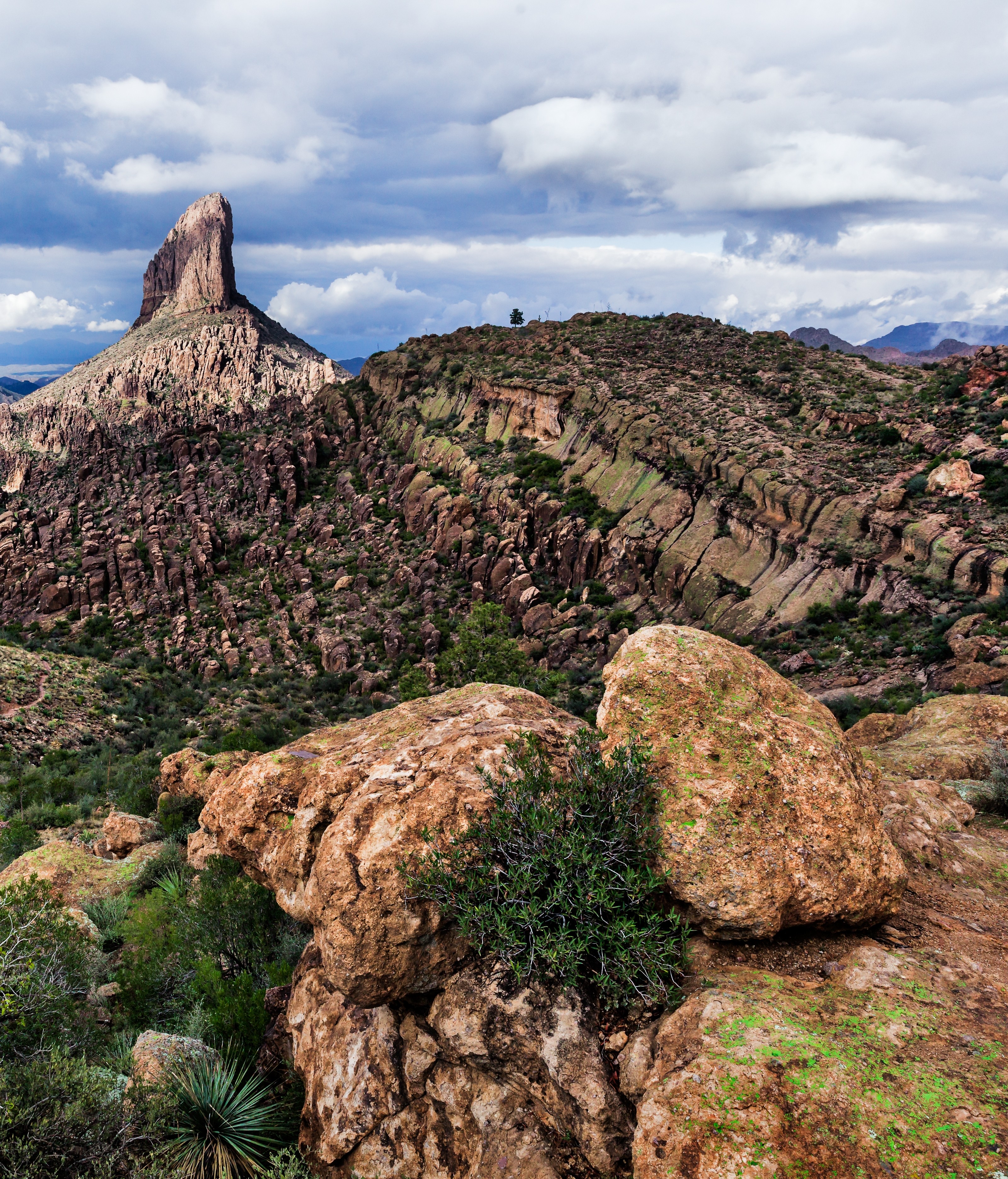
Uncovering the Rich History of Bigsby, Arizona: A Journey Through Time
Uncovering the Rich History of Bigsby, Arizona: A Journey Through Time
In the late 1800s, the rugged landscape of what would become Bigsby, Arizona, beckoned to adventurers and fortune-seekers alike. The discovery of rich mineral deposits in the area sparked a rush of prospectors and miners, eager to stake their claim in this promising new territory. As word spread of the region's potential wealth, a small settlement began to take shape, with makeshift tents and rudimentary structures dotting the dusty terrain.
The town of Bigsby was officially established in 1881, named after its founder, Samuel Bigsby, a charismatic entrepreneur who envisioned a thriving community built on the back of the mining industry. Bigsby's ambitious plans for the town included not only mining operations but also a bustling commercial district, complete with saloons, general stores, and even a small theater. As the population grew, so did the town's infrastructure, with wooden buildings replacing canvas tents and dirt roads giving way to more permanent thoroughfares.
Exploring the Abandoned Ghost Towns of Bigsby, Arizona
Today, the once-bustling town of Bigsby stands as a testament to the boom-and-bust cycle that characterized many mining communities in the American West. Visitors to the area can explore a network of abandoned ghost towns that surround the original settlement, each with its own unique story to tell. These forsaken outposts offer a glimpse into the daily lives of the hardy individuals who called this unforgiving landscape home.
One such ghost town, Silver Creek, lies just a few miles outside of Bigsby proper. Here, the remnants of a once-thriving silver mining operation can still be seen, with rusted machinery and crumbling stone structures serving as silent witnesses to the town's former glory. Adventurous explorers can wander through the empty streets, imagining the sounds of pickaxes striking rock and the chatter of miners swapping tales over a pint of beer at the local saloon.
Bigsby, Arizona: A Historical Timeline of Growth and Decline
The history of Bigsby, Arizona, is marked by periods of rapid growth and equally swift decline. In the early years following its founding, the town experienced a surge in population as news of rich mineral deposits attracted miners and their families from across the country. By 1890, Bigsby boasted a population of over 5,000 residents, with new businesses and services springing up to meet the needs of the growing community.
However, the town's fortunes began to wane in the early 1900s as the easily accessible ore deposits were exhausted, and mining operations became increasingly costly and dangerous. The population began to dwindle as miners and their families sought opportunities elsewhere, leaving behind empty buildings and abandoned claims. By 1920, Bigsby's population had shrunk to just a few hundred souls, and the once-thriving town had begun its slow descent into obscurity.
The Forgotten Stories of Bigsby, Arizona's Ghost Towns
| Ghost Town | Population | Year Founded | Year Abandoned |
|---|---|---|---|
| Bigsby | 200 | 1875 | 1920 |
| Redington | 500 | 1877 | 1941 |
| Gleeson | 1000 | 1890 | 1930 |
| Pearce | 1500 | 1894 | 1942 |
Within the crumbling walls and weathered facades of Bigsby's ghost towns lie countless untold stories of triumph and tragedy. Each abandoned building holds secrets of the lives that once unfolded within its confines, from the hopes and dreams of newly arrived settlers to the hardships faced by those who chose to stay even as the town's fortunes declined. One such forgotten tale is that of Mary Hawkins, a young widow who arrived in Bigsby in 1885 with her two small children.
Determined to make a life for herself in this harsh frontier town, Mary opened a small bakery that quickly became a favorite among the local miners. Her story of perseverance in the face of adversity is just one of many that have been lost to time, waiting to be rediscovered by those willing to delve into the rich history of Bigsby and its surrounding ghost towns.
Reviving the Past: Preserving the History of Bigsby, Arizona

In recent years, there has been a growing movement to preserve and protect the historical sites of Bigsby and its surrounding ghost towns. Local historians and preservation societies have worked tirelessly to document the area's rich past, collecting artifacts, photographs, and personal accounts from former residents and their descendants. These efforts have not only helped to shed light on the town's history but have also served to educate future generations about the importance of preserving our cultural heritage.
One such preservation project focuses on the restoration of the old Bigsby Schoolhouse, a weathered wooden structure that once served as the educational center for the town's children. Through careful restoration work and the dedication of local volunteers, the schoolhouse has been transformed into a living museum, offering visitors a glimpse into the daily lives of Bigsby's youngest residents during the town's heyday.
Unearthing the Hidden Treasures of Bigsby, Arizona's Ghost Towns
For those with a keen eye and a sense of adventure, the ghost towns surrounding Bigsby offer a wealth of hidden treasures waiting to be discovered. From weathered bottles and rusted mining equipment to more valuable artifacts such as old coins and jewelry, these abandoned settlements are a treasure trove for amateur archaeologists and history enthusiasts alike. However, it is important to note that the removal of artifacts from these sites is strictly prohibited, as they are protected by law and serve as important historical resources.
Instead, visitors are encouraged to document their findings through photographs and sketches, helping to preserve the rich history of Bigsby for future generations to explore and appreciate.
Bigsby, Arizona: A Modern-Day Journey Through its Rich History
Today, visitors to Bigsby, Arizona, can embark on a journey through time, exploring the remnants of this once-thriving mining town and its surrounding ghost towns. Guided tours offer insights into the area's rich history, while self-guided walking trails allow adventurous souls to discover the hidden corners of these abandoned settlements at their own pace. As the sun sets over the rugged landscape, casting long shadows across the empty streets and crumbling buildings, it's easy to imagine the bustling activity that once filled these now-silent spaces.
The ghosts of Bigsby's past may be long gone, but their stories live on in the weathered wood and rusted metal that remain, waiting to be discovered by those willing to look beyond the surface and uncover the rich history that lies beneath.








